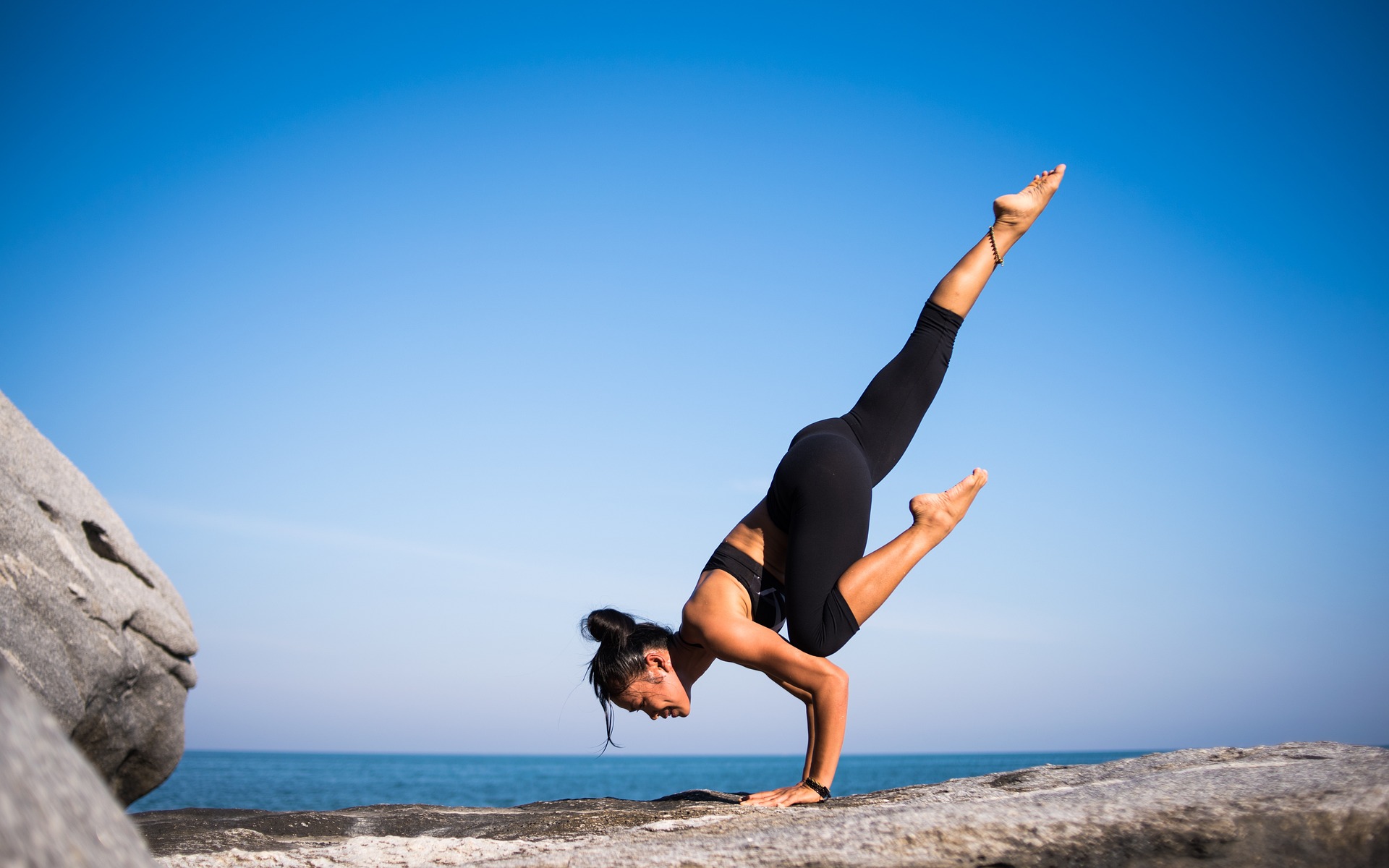Understanding Body Mechanics in Sports Performance
From the power-packed muscles of an Olympic weightlifter to the grace and precision of a professional golfer, every single movement in sports can be traced back to body mechanics. Today's scrutiny delves deep into how understanding body mechanics is revolutionizing sports performance and offering a competitive edge for both the ambitious amateur and the seasoned pro.
Delving into the Foundations
When we converse about the term ‘body mechanics,’ we refer to the adaptive bodily movements that work together harmoniously at the time of any sports action. This field of knowledge was developed back in the 18th century by Italian physicist Giovanni Alfonso Borelli, also recognized as the pioneer of biomechanics. He was the first to observe that the movements of athletes flow just like a well-oiled machine.
The Science of Performance
The athletes with a profound understanding of body mechanics can perfect their skills, improve their staying power, and ward off a number of injuries in sports. The modern trends show that physical trainers and coaches are integrating principles of biomechanics to formulate targeted workouts and recovery routines.
Comprehensive knowledge about how the body behaves under various sports-related stresses allows athletes to push their boundaries safely. For instance, studying the way tennis players use their legs and hips to generate power during a serve has become key to enhancing their serving speed and accuracy.
Practical Applications and Challenges
Assigning practicality to body mechanics means going beyond the gym or field and embracing it as a way of life for athletes. Identifying imbalances and integrating corrective exercises into daily routines has shown considerable success in enhancing athletic prowess. However, the challenge remains in understanding the nuances of individual body mechanics. No two athletes are the same and this necessitates a personalized approach in training and rehabilitation.
Implications in Real-World Athletics
A clear example of this concept is evident in the art of kicking in football. Minute adjustments in foot placement, hip rotation, and leg extension can significantly alter the trajectory of the ball and thus, the outcome of the game. American football players regularly use this information to increase the consistency and accuracy of their field goals.
In conclusion, understanding the foundations of body mechanics and its applications in ardent training regimes is transforming how sports are practised and how athletes perform. As science continues to progress, the knowledge and use of body mechanics in sports is expected to become even more profound and widespread, paving the way to future generations of high-performing athletes.





